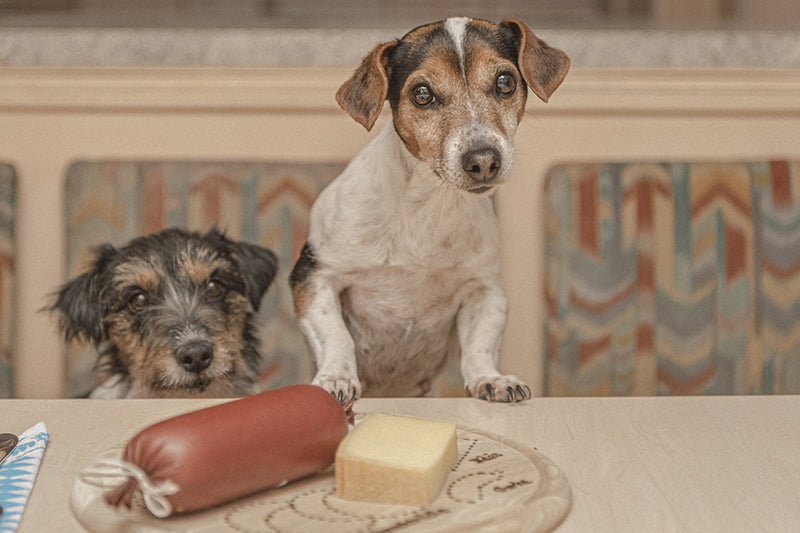
How to Successfully Switch Dog Food Without Upsetting Your Pet's Stomach
Share
Switching your dog's food can be a tricky endeavor, especially if you want to ensure it's done without causing any upset stomach or dietary distress. As a health-conscious pet owner, you're primarily concerned with ensuring your furry friend remains healthy and happy throughout the transition. This guide will delve into the nuances of how to switch dog food effectively.

Why Switching Dog Food Carefully Matters
Dogs, like humans, can have sensitive stomachs. Abrupt changes in their diet can lead to gastrointestinal issues, including vomiting and diarrhea. Gradually transitioning is crucial to avoiding these unpleasant side effects.
Understanding Your Dog's Nutritional Needs
Each dog has unique nutritional needs based on age, breed, weight, and health conditions. Understanding these needs will help you select the best new diet for your pet.
For a detailed guide on choosing the healthiest dog food, explore our in-depth article.

Steps to Switch Your Dog's Food Safely
1. Gradual Transition
The keyword here is 'gradual.' A slow transition over 7-10 days allows your dogs digestive system to adjust.
Example Schedule:
- Days 1-2: 75% old food, 25% new food
- Days 3-4: 50% old food, 50% new food
- Days 5-6: 25% old food, 75% new food
- Day 7: 100% new food
2. Observe and Adjust
Monitor your dog for any signs of digestive distress such as loose stools, vomiting, or lack of appetite. If any issues arise, slow down the transition process.
If your dog is not eating his food, read more about why this might be happening here.
3. Choosing the Right Food
Your dog's individual nutritional requirements should guide your choice of new food. Consider high-quality, well-reviewed options to ensure they get the best nutrition.

Common Mistakes to Avoid
1. Switching Too Quickly
Rapid changes can cause gastrointestinal problems. Patience is key.
2. Not Consulting a Vet
Before making any significant changes, it's wise to consult your vet, especially if your dog has existing health issues.
3. Ignoring Portion Sizes
Make sure to adjust portion sizes appropriately to avoid overfeeding or underfeeding during the transition.

Homemade Dog Food Options
For those considering switching to homemade dog food, it's vital to provide a balanced diet. Learn more about what you can feed your dog instead of commercial dog food from our in-depth article here.
Maintaining Your Dog's Health Post-Transition
Once the transition is complete, continue to monitor your dog's health. Ensure they're maintaining a healthy weight and experiencing no digestive issues.
FAQs
1. How long does it take to switch dog food?
A full transition typically takes 7-10 days but may vary depending on your dog's sensitivity.
2. Can I mix wet and dry food?
Yes, mixing wet and dry food can help with the transition. Just make sure to adjust the proportions gradually.
3. What if my dog refuses to eat the new food?
If your dog refuses to eat, it may be a sign that the transition was too quick or that they do not like the new food. Slow down the process or consult your vet.
For additional resources, the American Kennel Club provides a detailed list of human foods dogs can and can't eat.
As an Amazon Associate, I earn from qualifying purchases.
